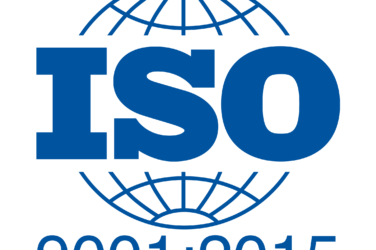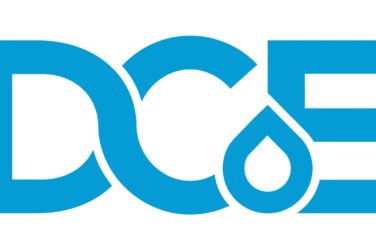If you are familiar with Drupal 8, you must have come across the Backdrop CMS too! Drupalists have often perceived Backdrop as a threat to the development and growth of open source, while it is more like a complementary system for some. As there never seems to be a clear winner, let’s dig into this deeper with this blog.
In case you are still on Drupal 7 and can’t decide if Drupal 8 is for you, we will be talking about the never controversial choice between Drupal 8 and Backdrop CMS here.
Definitions and Differences
Drupal 8
Post the launch of Drupal 8, a new standard for creating incredible digital experiences was witnessed by the community. It introduced a powerful new suite of tools, better deployments, and more sophisticated maintenance. Drupal 8 completely moved from the codebase of Drupal 7 and entailed a significant amount of migration.
The community regards Drupal 8 as a platform poised for even greater success. It is believed that the sheer courage to move to Drupal 8 can solve all the issues as well as the need to fork it.
Backdrop CMS
Backdrop is the fork of Drupal, just like any other CMS, for non-technical users wanting to manage diverse content, and it is known to be compatible with Drupal. It includes an upgrade path (via update.php) to upgrade an existing Drupal 7 site to Backdrop.
More than often, it is opted by non-profit organizations, corporates, and government official websites. It offers an extension of modules, themes, and various themes that can be incorporated easily.
As Nathan Haug notes in a tweet, “#Backdrop needs to exist to preserve the #Drupal community and market. Why it exists and where it’s going at http://backdropcms.org/”
Need to fork Drupal
Drupal 8 came under the radar of forking as the Drupal 7 migration process was painstakingly difficult. The entire codebase was altered, and it almost felt like building it from scratch. Thus, forking Drupal 8 with Backdrop CMS seems to be a good alternative for the users. Let’s look into the advantages:
- Backdrop is faster than Drupal 7 due to it’s lighter core
- Backdrop’s lean and mean features offer continued improvements in each version.
- Backdrop’s robust permission system can help you define roles that exactly match your needs.
- You can make configuration changes on a development site with the easy-to-use Configuration Management interface.
- It comes with updated libraries
- The old Block system gets replaced by a built-in Panels-like module (Layout) that gives new powers like contextual information, advanced conditional selection, multiple instances, control over markup, and config-based settings.
Note: For businesses looking to opt-out of Drupal 7 as it is coming to End-of-Life in November 2022, forking Drupal can be a good option out there.
The Good and The Bad
The open-source community allows various workarounds for projects to be molded in desired directions. Forking is one such method employed for technical differences and categorical target audiences.
As Backdrop CMS claims, Backdrop chose to store its configuration in JSON files, without a required database cache, because the json solution was more in line with two principles: simplicity and speed & performance. These usability features aid the development process and proves to be of value for businesses looking to quick setups. In addition to the above mentioned benefits, Backdrop has a robust API that can be modified in a number of ways with only a few lines of custom code. This makes the architecture of the site easier to build and work upon.
On the other hand, forking is considered a weak methodology by the community as the development process is compromised and it results in weakened support. It also leads to confusion for the developers and users, and the compatibility is not as strong as desired. Drupal 8 now offers migration modules designed specifically for Drupal 7 site owners and there are various methods to update the Drupal core (via Composer is recommended), too.
For some, choosing the Backdrop is more about not wanting to learn or improve their programming skills. However, forking Drupal is a choice that is usually made based on the technical expertise at hand, the financial limitations of the business, and the comfortability of the development team.
Conclusion
According to Drupal.org, the Backdrop and Drupal projects have different goals, but coming from the same original code base, there are many areas in which collaboration can benefit both projects.
The backdrop has come to be known as the easy way out rather than adapting to the new improvements that are constantly taking place in Drupal. The most recent being Drupal 9, built with backward compatibility within Drupal 8 with richer features and paving the way to the upcoming Drupal 10. An increasing number of organizations are moving to Drupal from their current systems to accelerate their growth with Drupal. And the best part, it does not require an army of developers for migration.













